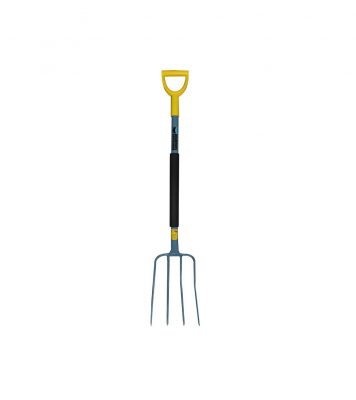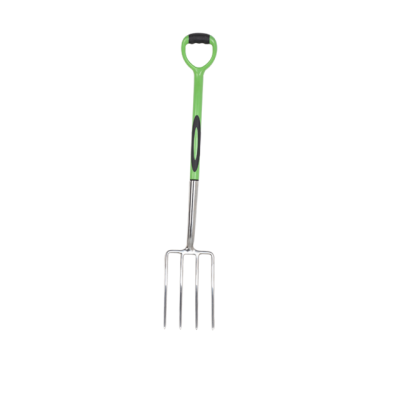1. Choose the Right Mower: Select a mower that suits your lawn’s size and terrain. Different types of mowers, such as reel mowers, rotary mowers, or electric mowers, may be better suited for different lawn types.
2. Set the Right Mowing Height: Adjust your mower’s cutting height according to the type of grass you have. Cutting too short can stress the grass and make it more susceptible to pests, diseases, and weed invasion. Different grass varieties have recommended mowing heights, so check the guidelines for your specific grass type.
3. Follow the One-Third Rule: Never remove more than one-third of the grass height in a single mowing session. Frequent and light mowing is better than infrequent heavy mowing, as it minimizes stress on the grass.
4. Keep Blades Sharp: Regularly sharpen your mower blades to ensure clean cuts. Dull blades can tear the grass, leaving it vulnerable to diseases and browning.
5. Mow When Dry: Mow when the grass is dry to prevent clumping and uneven cutting. Wet grass can also promote the spread of diseases.
6. Alternate Mowing Patterns: Change your mowing direction each time you mow. Alternating patterns prevents the grass from developing a “grain,” which can lead to uneven growth.
7. Collect Grass Clippings (Optional): Consider using a mulching mower to finely chop grass clippings and redistribute them on the lawn. This returns valuable nutrients to the soil and can help improve lawn health.
8. Mow During Cooler Times: Mow during the cooler parts of the day, such as early morning or late afternoon, to reduce stress on the grass.
9. Avoid Scalping Slopes: Be cautious when mowing slopes. Scalping the grass on slopes can increase the risk of erosion and runoff.
10. Properly Maintain Equipment: Regularly maintain your mower, including changing oil, cleaning air filters, and ensuring the engine is in good condition. A well-maintained mower is less likely to cause stress to your lawn.
11. Consider Soil Conditions: If the soil is compacted or hard, consider aerating the lawn before mowing. Aerating improves water and nutrient penetration, promoting healthier grass growth.
12. Stay Consistent: Stick to a consistent mowing schedule based on the growth rate of your grass. This ensures that you’re not removing too much at once and keeps your lawn looking neat and healthy.
13. Inspect for Debris: Before mowing, remove any debris, sticks, or toys from the lawn to prevent damage to both the mower and the grass.
By following these dos and best practices, you can ensure that mowing becomes a beneficial activity that promotes the health and beauty of your lawn.
























